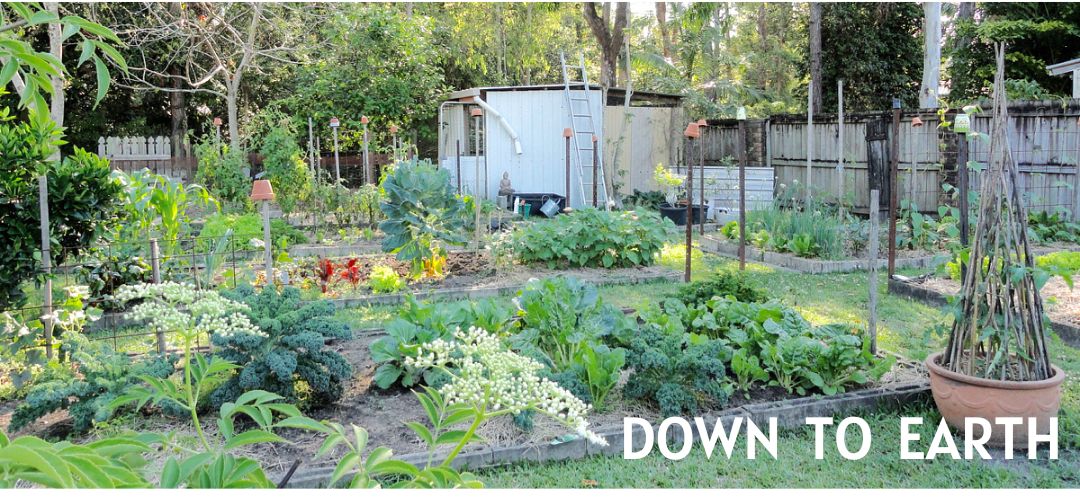At first glance, making things at home seems daunting. "Who has the time?" some might ask. "It's so much easier to buy." These thoughts are born from a culture that equates ease with value. But what if we flipped that equation? What if, instead of measuring value by the time saved, we measure it by the skill earned, the money conserved, and the creativity sparked?
Frugality is often misunderstood as deprivation, but in truth, it’s the art of stretching resources without sacrificing quality of life. It’s not about skimping, but about finding alternatives that enrich your day-to-day existence without spending. Making things at home allows for this kind of smart economy.
The weekly grocery bill can easily spiral out of control if we rely on pre-packaged, pre-made meals. But when we return to the basics, learning to cook from scratch, we find the key to living well within a budget. A loaf of bread, fresh from your own oven, costs a fraction of what you’d pay for a plastic-wrapped loaf, and its aroma fills your kitchen with warmth that no store-bought loaf could deliver. A simple stew, simmered slowly with seasonal vegetables and leftover cuts of meat, stretches ingredients far beyond the limits of fast food.
The same can be said for cleaning products. Store shelves overflow with specialised sprays, powders, and wipes, each promising miraculous results for a price. Yet, with a few household staples like vinegar, baking soda, and essential oils, you can create a multipurpose cleaner that costs pennies, is free of harsh chemicals, and is just as effective.
Making things at home requires an upfront investment of time but it also encourages mindfulness and creativity. When we dedicate time to preparing a meal, mending a piece of clothing, or knitting a dishcloth, we are fully present in the moment. These acts become meditative, pulling us away from the frenzy of daily life and into a slower, more grounded rhythm.
One of the most significant benefits of making things at home is that the skills you develop compound over time. The first loaf of bread may feel like a laborious task, but by the tenth, you’ll have refined your technique and cut the time in half. You may begin by knitting simple scarves, but soon you’ll move on to sweaters, hats, and mittens. The satisfaction that comes from honing a craft and mastering a skill is unmatched by the fleeting joy of purchasing something ready-made.
In the end, making things at home is not just about frugality or time management. It’s about living with purpose, finding joy in the process and crafting a life that values quality over quantity, creativity over consumption, and mindfulness over convenience.
What do you regularly make to use in your home?


.jpg)

.jpg)
.jpg)
.jpg)
.jpg)
.jpg)
